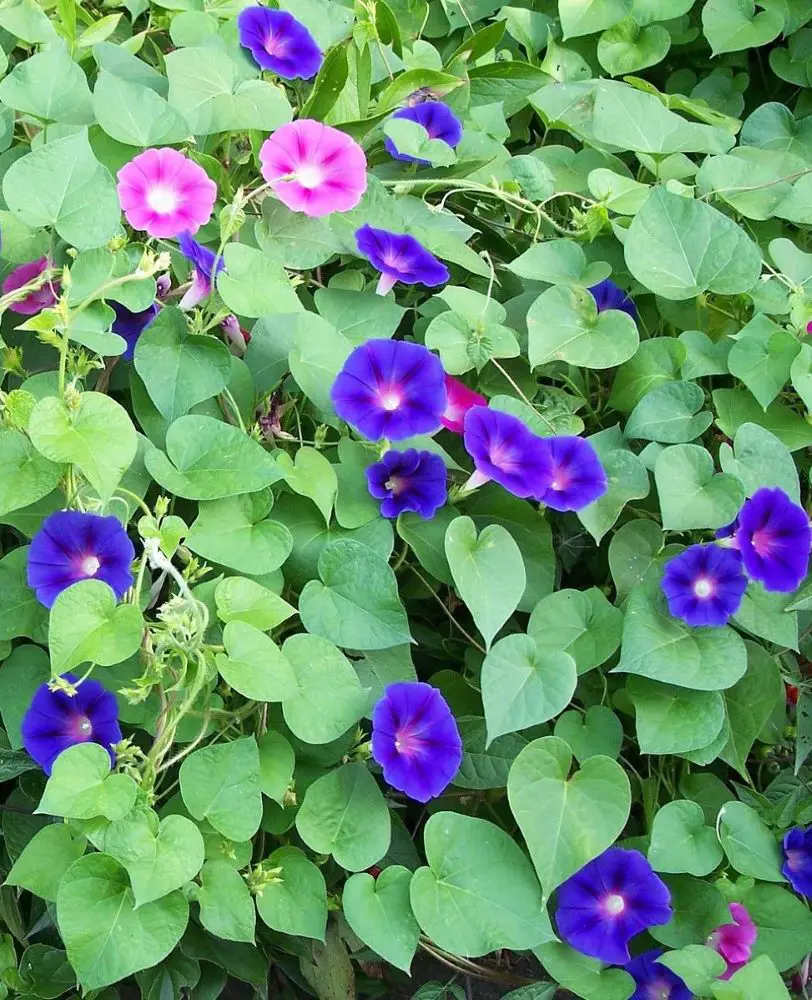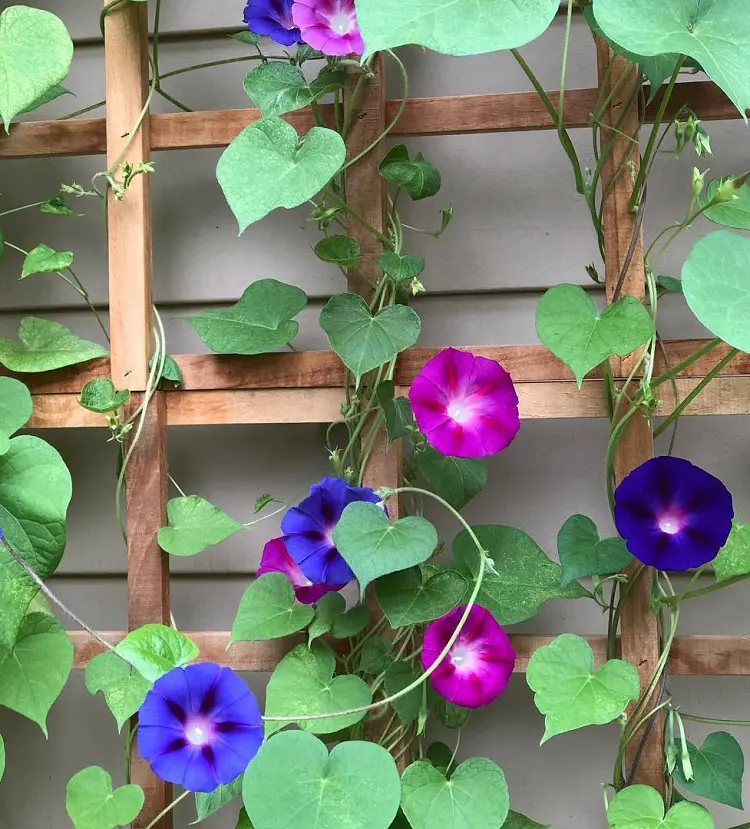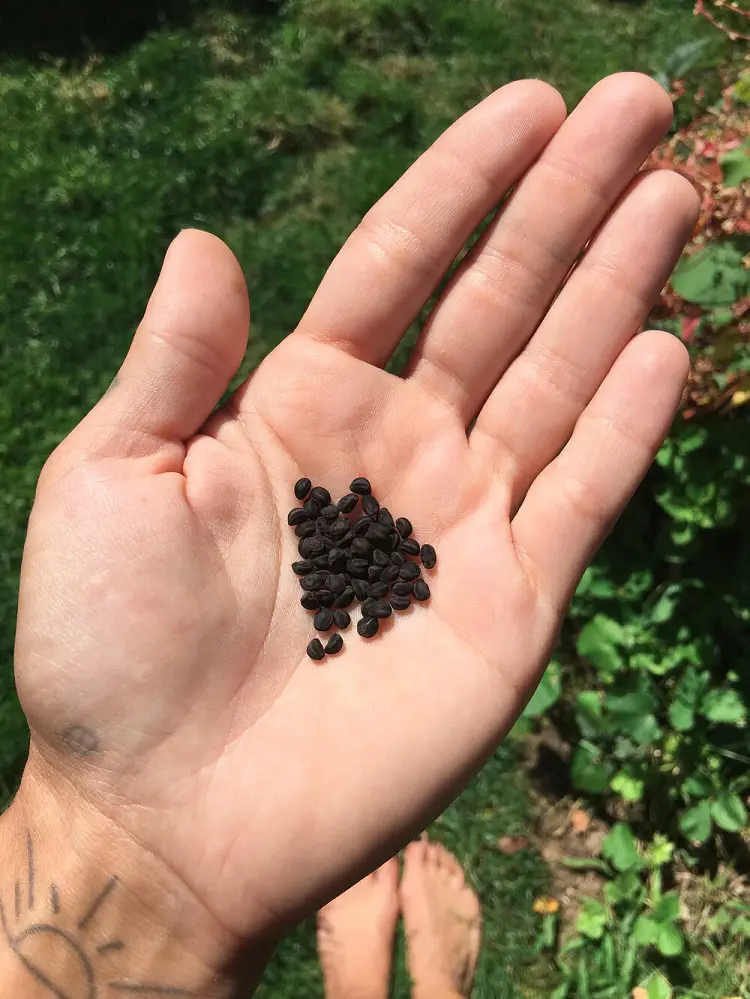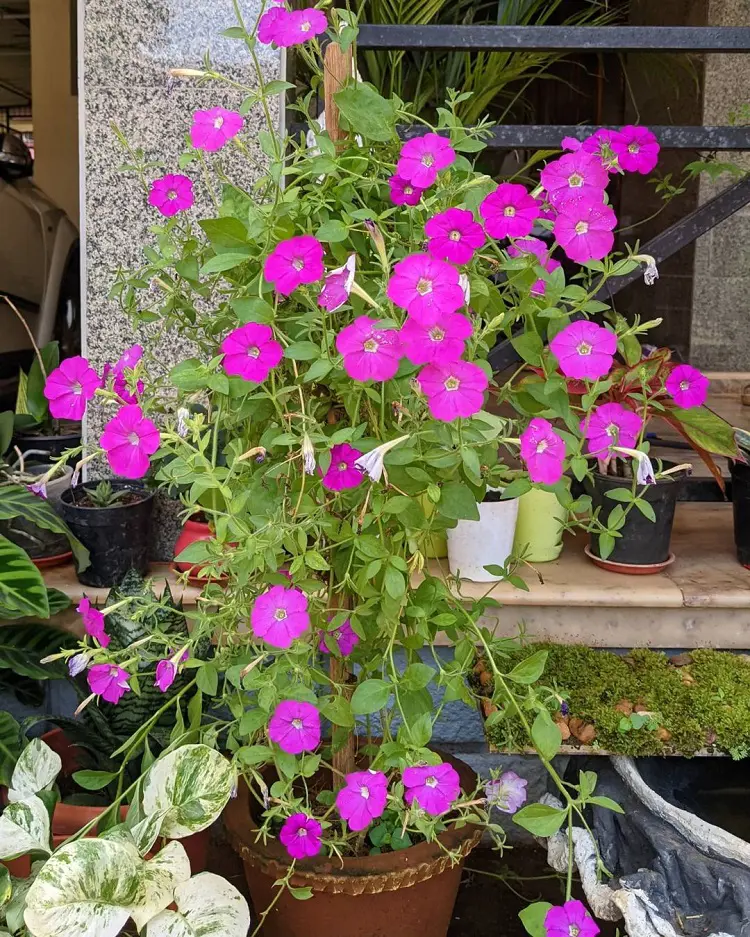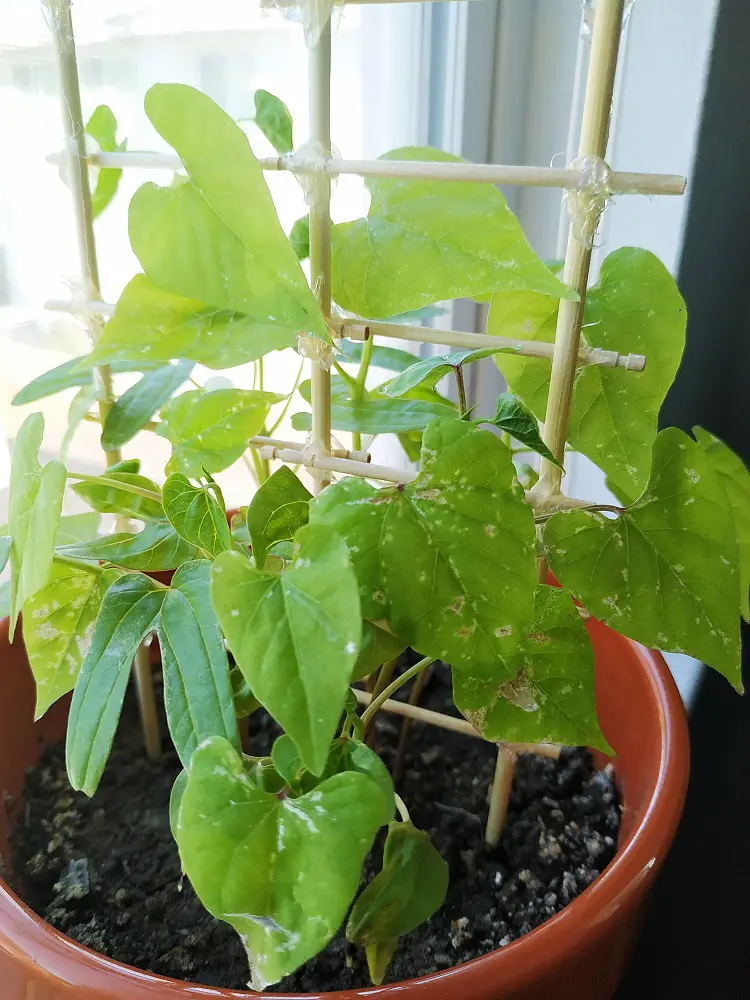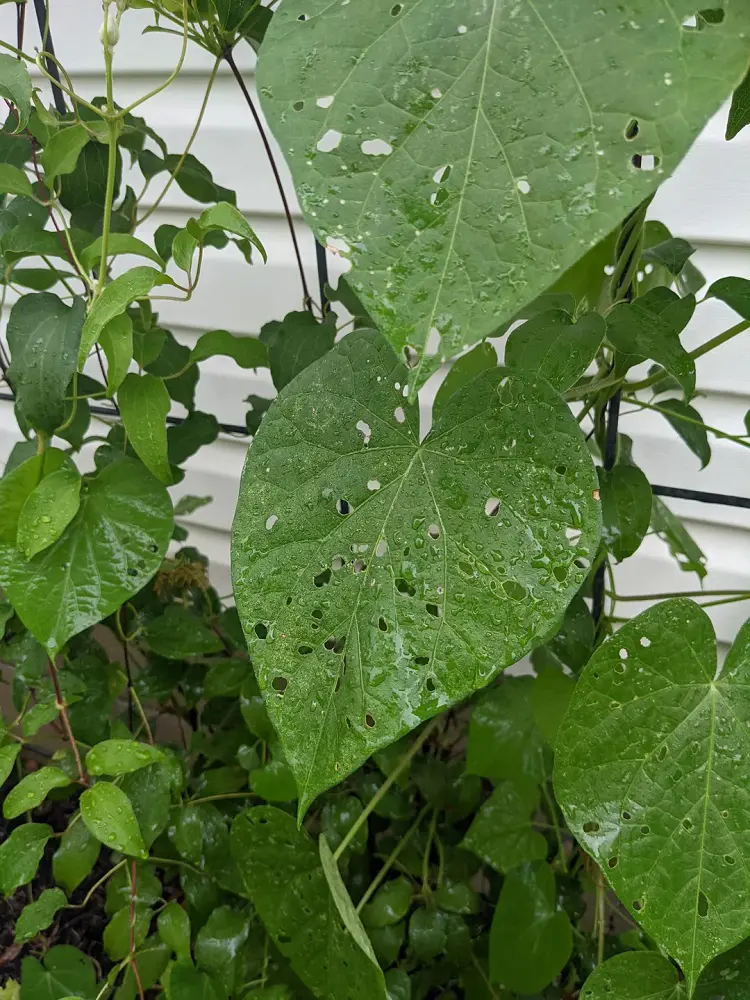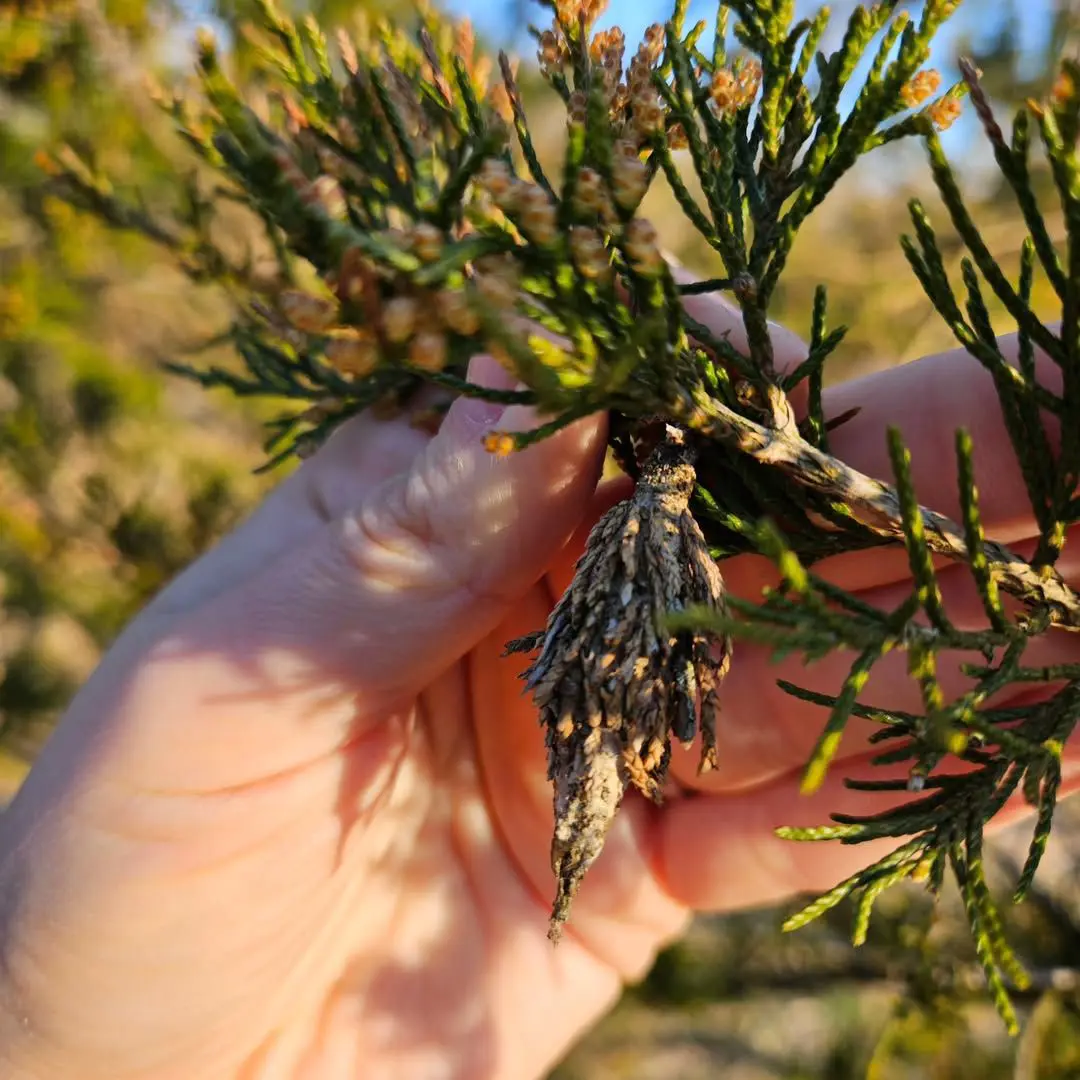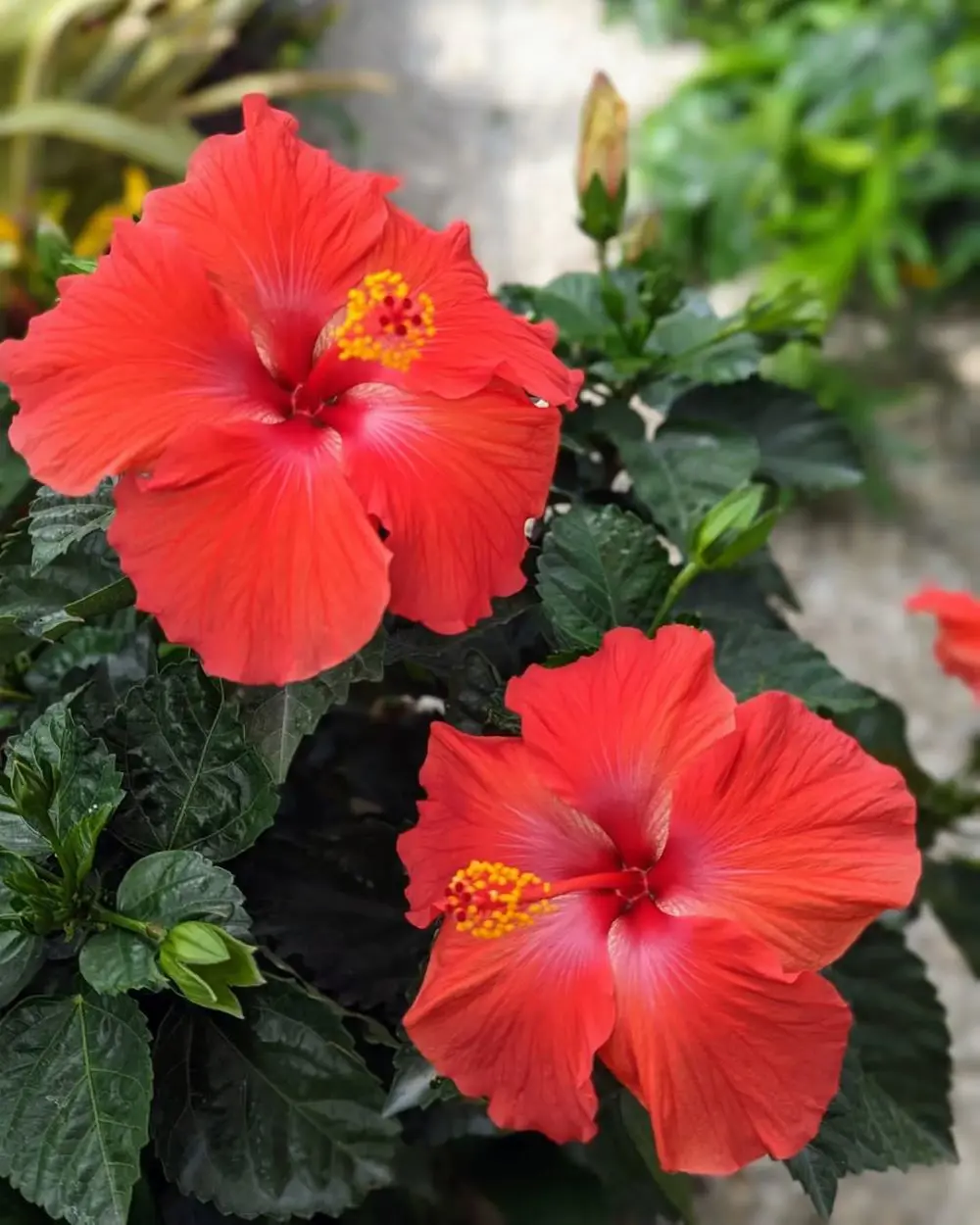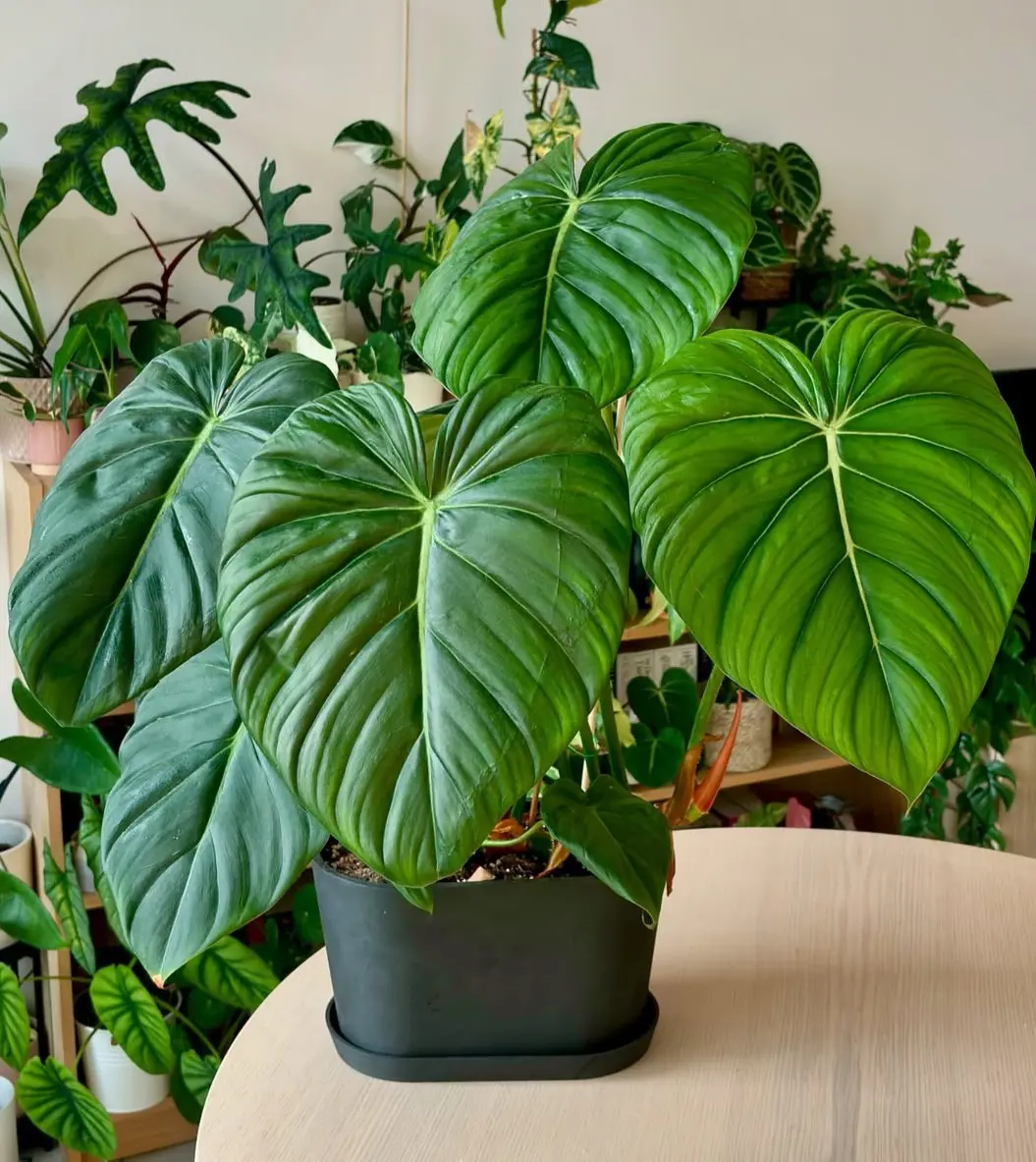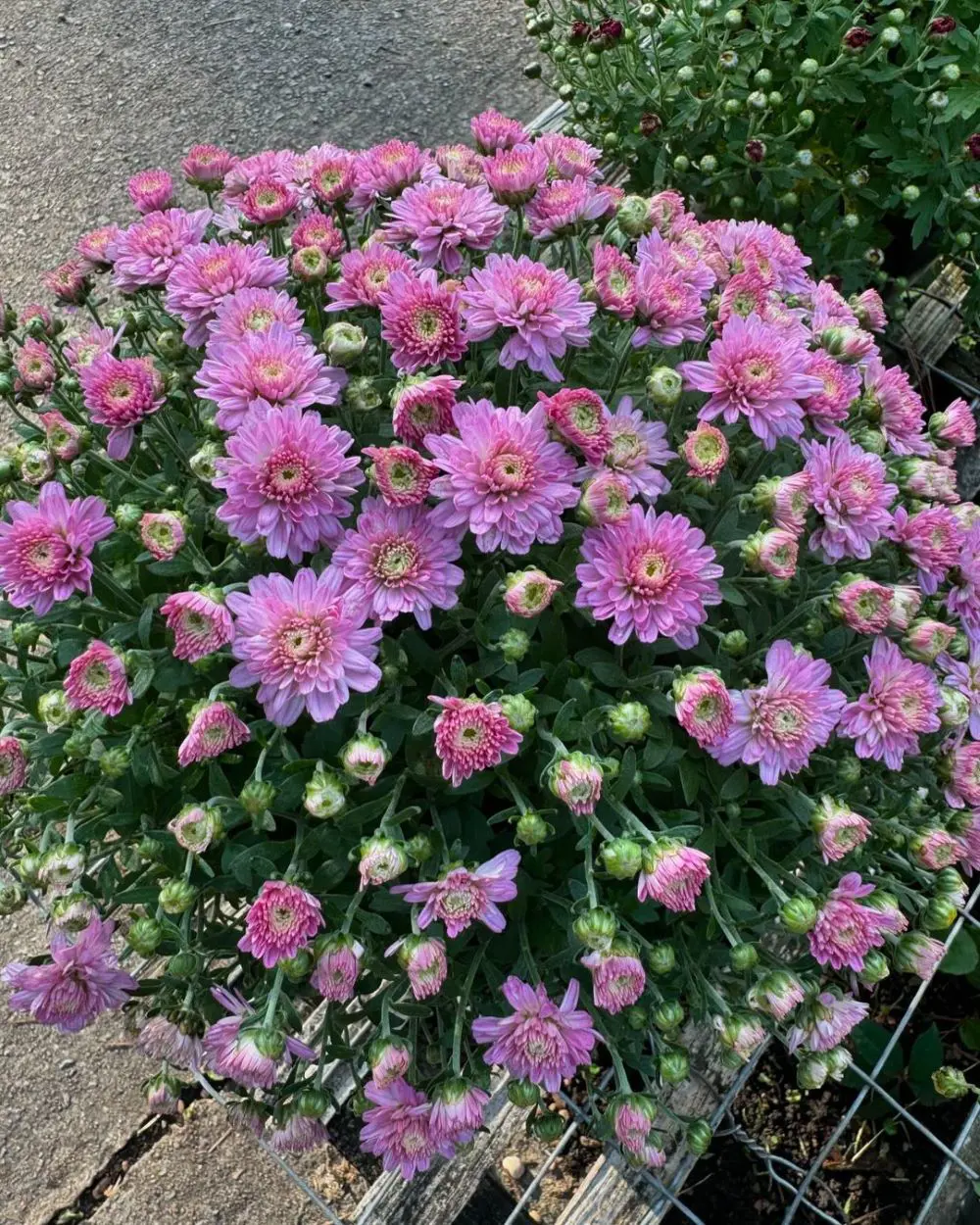Morning Glory Care
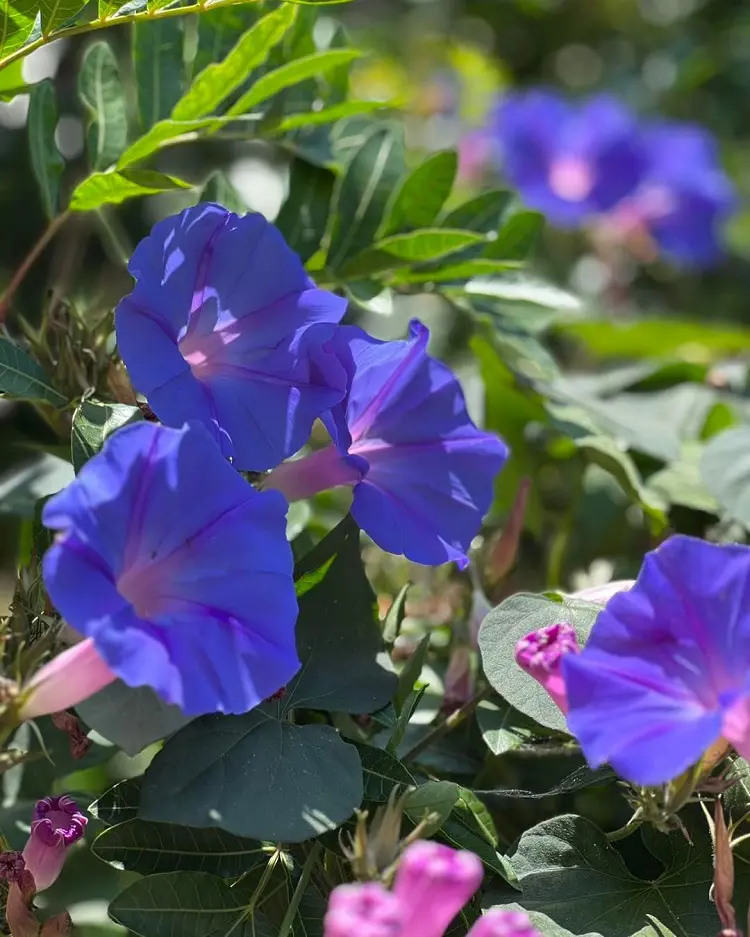
Proper morning glory care is essential for optimal growth. Neglecting care may lead to stunted growth, fewer blooms, or even pest problems. Meanwhile, morning glories are generally easy to care for, thriving in various climates and soil types.
Light
Morning glory plants love sunlight! When planting them, choose a sunny spot where they can get at least 6 to 8 hours of sunlight every day. This is super important because they'll only show off their beautiful blooms when they get enough direct sunlight.
If they're in a spot that only gets sunlight in the afternoon, you might not see as many flowers because, as the name suggests, morning glories prefer to bloom in the morning.
Soil
Morning glories like soil that's a bit moist but drains well, meaning water doesn't stay too long. This fast-growing flower is not too picky about where it grows and can handle neutral soil with a pH between 6.0 and 6.8.
But here's a tip: they bloom better in soil that's not super rich in organic stuff. If your vines seem unhappy, you can add some changes to the soil later. So, keep the soil not too dry, not too wet, and not too rich.
Water
Give your morning glories a good drink regularly, like about an inch of water every week. It's crucial, especially when they're growing. Mulching around their roots helps keep the soil moist. Once your plant is all settled and grown up, you can water a bit less.
If you're in a warm area where morning glories act like annuals in winter, you can cut back on watering during that time.
Temperature
Morning glories are tough flowering plants. They can handle the chill and might keep blooming even after the first frost, whether it's cold or warm. If you're in a place where it gets colder than 45 degrees Fahrenheit, you might treat them as annuals, meaning they last for a year.
But, in tropical and subtropical spots where it's generally warmer, morning glories can stick around as perennials, coming back year after year.
Humidity
Morning glory plants aren't too fussy about humidity. They generally thrive in a variety of humidity levels, adapting well to different conditions. These hardy vines can tolerate both dry and moderately humid environments. As long as they get enough sunlight, well-drained soil, and sufficient water, morning glories are likely to flourish.
Their versatility makes them suitable for a wide range of climates, from arid to humid regions. So, whether it's a dry day or a bit muggy, morning glories are quite resilient and don't demand specific humidity levels.
Fertilizer
Take care of your morning glory plants by giving them a low-nitrogen fertilizer every four to five weeks during their growing season. This helps them stay healthy and happy. If you notice a lack of flowers, switch to a fertilizer with more phosphorus in the mix.
Phosphorus encourages more blooms, so it's like giving your morning glories a little boost to start showing off their beautiful colors. With the right fertilizer, you can ensure your morning glories grow strong and vibrant.
